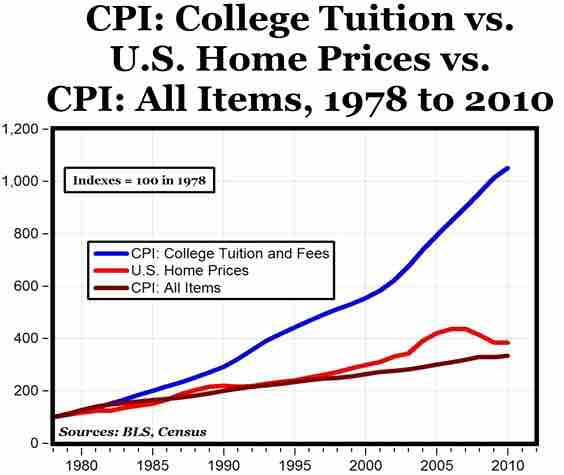Background
Government supported, free public schools was introduced after the revolution, and expanded in the 19th century as a result of the efforts of men like Horace Mann and Booker T. Washington. By 1870, all states had free elementary schools, but only in urban centers. Towards the 20th century, states started passing laws that made schooling compulsory. By 1910, 72 percent of children were attending school. Private schools continued to spread during this time, as well as colleges and—in the rural centers—land grant colleges. The year of 1910 also saw the first true high schools.
During the rest of the 20th century, educational efforts were centered on reducing the inequality in the school system. The landmark Supreme Court case Brown v. Board of Education made the desegregation of elementary and high schools a national priority, while the Pell Grant program helped poor minorities gain access to college. Special education was made into federal law in 1975.
The Elementary and Secondary Education Act of 1965 made standardized testing a requirement, and in 1983, a commission was established to evaluate their results and propose a course of action. The resulting No Child Left Behind Act of 2001 was controversial and its goals proved to be unrealistic. A commission established in 2006 evaluated higher education, but its recommendations are yet to be fully implemented.
Education in the United States is mainly provided by the public sector, with control and funding coming from three levels: local, state, and federal, in that order. Child education is compulsory. There are also a large number and wide variety of higher education institutions throughout the country that one can choose to attend, both publicly and privately administered.
Public education is universally available. School curricula, funding, teaching, employment, and other policies are set through locally elected school boards with jurisdiction over the school districts. The districts receive many directives from the state government. School districts are usually separate from other local jurisdictions, with independent officials and budgets. State governments usually set educational standards and standardized testing decisions.
Statistics in Education
Among the country's adult population, over 85 percent have completed high school and 27 percent have received a bachelor's degree or higher. According to a 2005 study by the U.S. Census Bureau, the average salary for college or university graduates is greater than $51,000, exceeding the national average of those without a high school diploma by more than $23,000. The 2010 unemployment rate for high school graduates was 10.8%; the rate for college graduates was 4.9%. The country has a reading literacy rate at 99% of the population over age 15, while ranking below average in science and mathematics proficiency compared to other developed countries. In 2008, the high school graduation rate was 77%, below that of most developed countries.
The poor performance has pushed public and private efforts such as the No Child Left Behind Act. In addition, the ratio of college-educated adults entering the workforce to general population (33%) is slightly below the mean of other developed countries (35%) and rate of participation of the labor force in continuing education is high.
Funding for Education
The reliance on local funding sources has led to a long history of court challenges about how states fund their schools. These challenges have relied on interpretations of state constitutions after a U.S. Supreme Court ruling that school funding was not a matter of the U.S. Constitution (San Antonio Independent School District v. Rodriguez, 411 U.S. 1 (1973)). The state court cases, beginning with the California case of Serrano v. Priest, 5 Cal.3d 584 (1971), were initially concerned with equity in funding, which was defined in terms of variations in spending across local school districts. More recently, state court cases have begun to consider what has been called 'adequacy. ' These cases have questioned whether the total amount of spending was sufficient to meet state constitutional requirements.
At the college and university level student loan funding is split in half; half is managed by the Department of Education directly, called the Federal Direct Student Loan Program (FDSLP). The other half is managed by commercial entities such as banks, credit unions, and financial services firms such as Sallie Mae, under the Federal Family Education Loan Program (FFELP). Some schools accept only FFELP loans; others accept only FDSLP. Still others accept both, and a few schools will accept neither, in which case students must seek out private alternatives for student loans. The federal Pell Grant program provides funding for students who demonstrate financial need.

College Tuition Rising
Cost of US college education relative to the consumer price index (inflation).